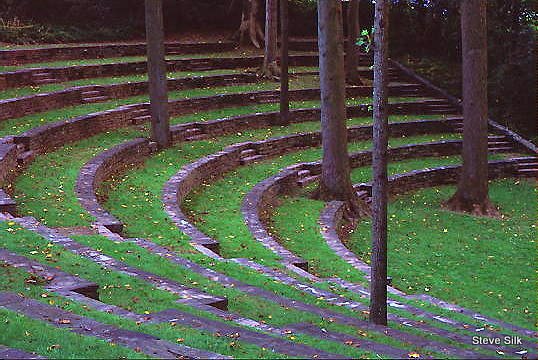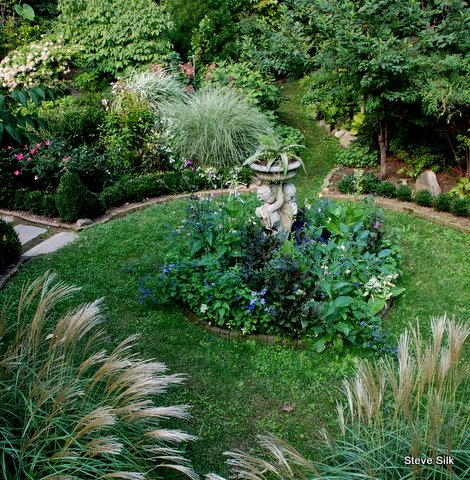
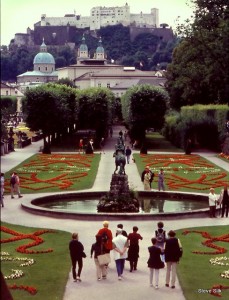 Going round in circles can be a good thing if we’re talking about garden designs. In an earlier post I spoke about my passion for using geometry in design and how strong shapes lend their character to a setting and form a structural element so sturdy that it frees you to use almost any type of planting. The same hold true for circles, which, as far as I’m concerned can work in any setting. They contrast with more angular lines to form a pleasing geometric juxtapositon as they do here at Mirabell Gardens in Salzburg, Austria, or they can add an element of more intentional form to a rambling, naturalistic design as they do in my own garden, above.
Going round in circles can be a good thing if we’re talking about garden designs. In an earlier post I spoke about my passion for using geometry in design and how strong shapes lend their character to a setting and form a structural element so sturdy that it frees you to use almost any type of planting. The same hold true for circles, which, as far as I’m concerned can work in any setting. They contrast with more angular lines to form a pleasing geometric juxtapositon as they do here at Mirabell Gardens in Salzburg, Austria, or they can add an element of more intentional form to a rambling, naturalistic design as they do in my own garden, above.
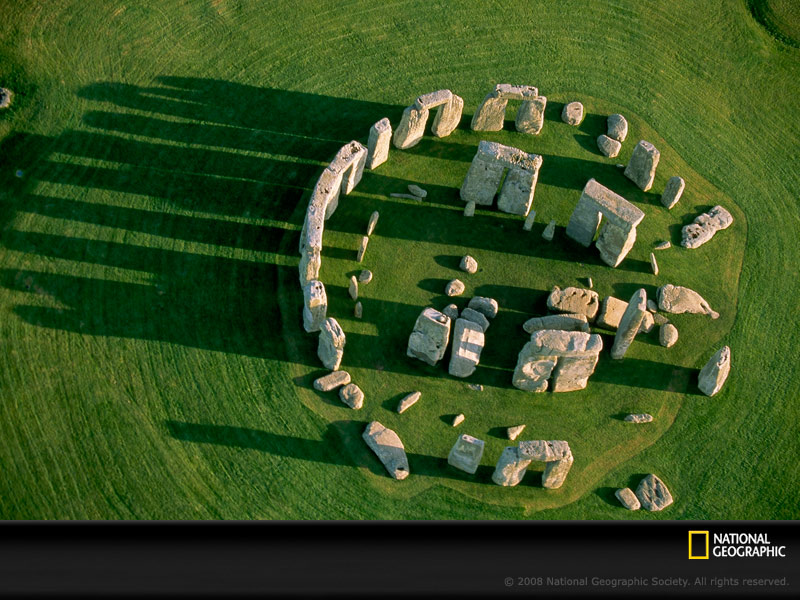
There’s something at once artificial and natural about circles. Humankind has been enamored of this cosmic form since the mists of prehistory. Stonehenge (as seen in this National Geographic photo by Joe McNally/Sygma) is comprised of circles. So are some Mayan observatories. The circle pointed the way to the wheel, and so drove us forward. In Medieval times, scholars believed there was something “divine” or “perfect” about circles and so revered that most simple of shapes. As do I. So I use circles whenever I can, and appreciate them whenever I see them.
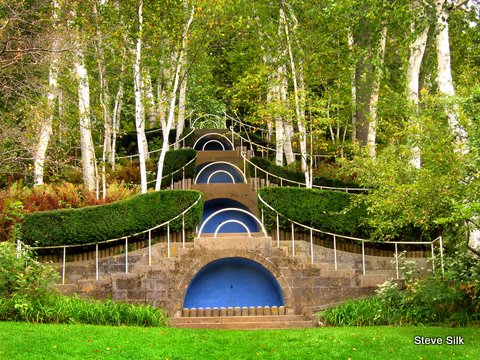
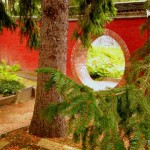 One of my favorite places for seeing circles in landscape design is the phenomenal Naumkeag, a Berkshire Mountains manse with gardens designed by Fletcher Steele at the apogee of his creativity. His iconic Blue Steps are surely based on the circular forms which reappear throughout the garden in such places as the Chinese garden, exited by a circular Moon Gate, and the formal stroll garden centered around this circular fountain.
One of my favorite places for seeing circles in landscape design is the phenomenal Naumkeag, a Berkshire Mountains manse with gardens designed by Fletcher Steele at the apogee of his creativity. His iconic Blue Steps are surely based on the circular forms which reappear throughout the garden in such places as the Chinese garden, exited by a circular Moon Gate, and the formal stroll garden centered around this circular fountain.
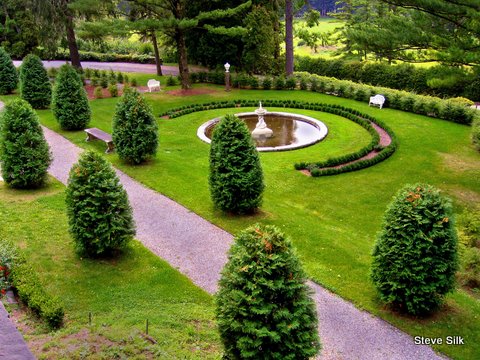
Nearby in the Massachusetts Berkshires, The Mount is the former home of writer and passionate gardener Edith Wharton, who designed this Italianate walled garden around a rustic rockpile fountain shaped like a circle.
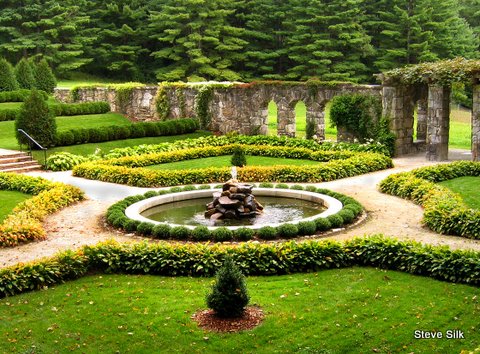
Last but not least, the simplicity of the concentric circles, or parts of circles anyway, lend the Amphitheatre at Swarthmore College a rugged structure that contrasts pleasingly with the surrounding woodlands.
